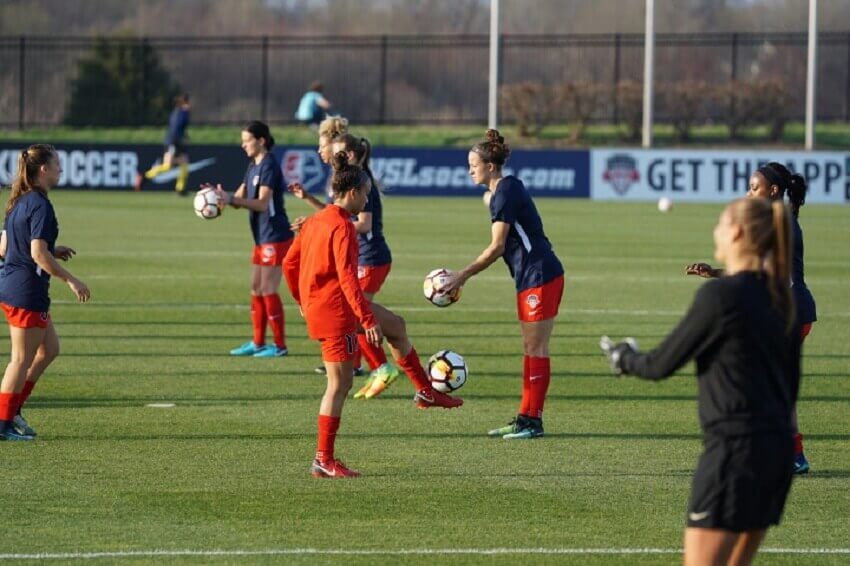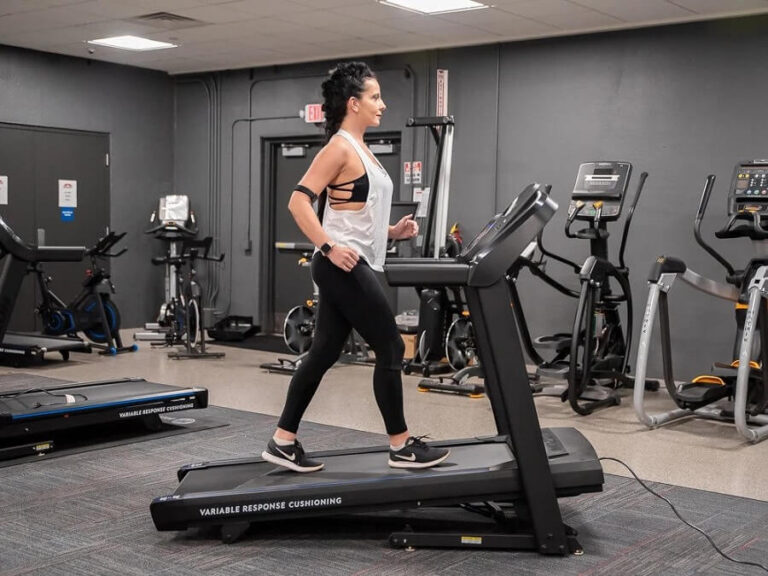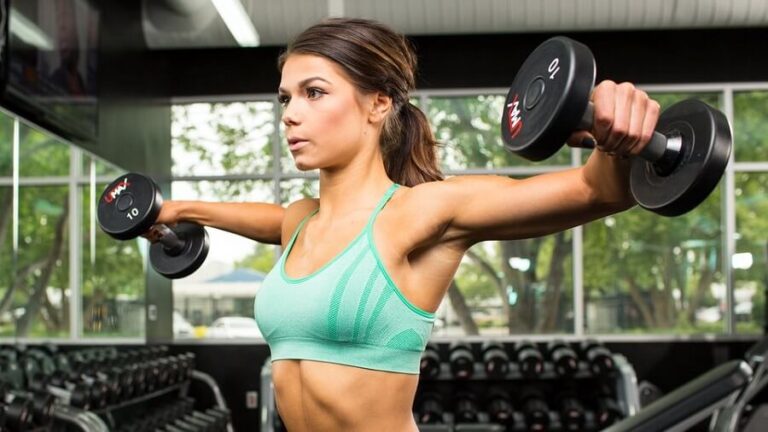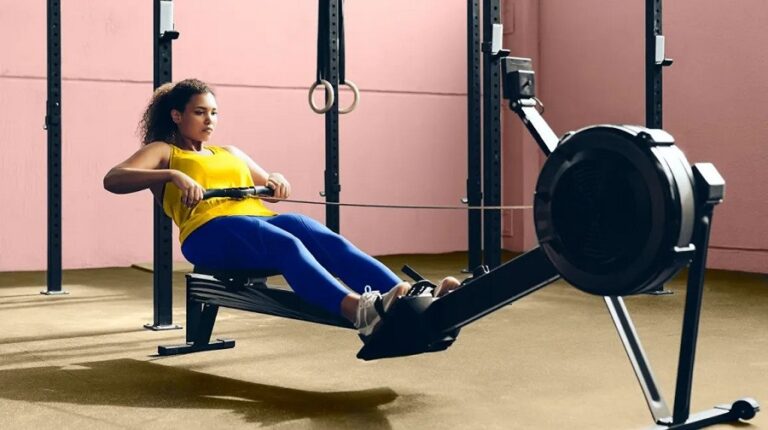Soccer for teenagers – How to train?
Soccer is one of the sports with the highest participation rates among children and adolescents globally. (1) Its practice has clear benefits for the body. This is because it is one of the types of cardio that allows the development of skills of agility, strength, self-confidence as well as participation in team play. In a soccer routine for teenagers, self-confidence and involvement in team play are encouraged.
Adolescence is the golden age for developing skills in soccer. Essential for those young people who wish to stand out and classify in a sporting activity. At best, recruiters select the privileged to participate in youth soccer development programs.
With a lot of effort and dedication, it is possible to achieve the preparation for a sports career at a higher level. Practicing based on a soccer routine is useful for recreation and maintaining good physical condition.
What is soccer training for teens?
A soccer training session can vary according to the age and abilities of the players. In adolescence, it is a weekly competition, with short seasons and physical conditioning sessions of a frequency of 2-3 times a week. Usually in teams.
The goal of soccer training for teenagers should be recreation and the development of physical and psychological skills.
When intense soccer training, the players (particularly young adolescents) may suffer solid psychic charges, therefore, parents, teachers, and coaches must be aware of the risks of pushing the competition excessively.
Soccer training for teens vs. adults
The main difference between soccer training for teenagers and adults is duration. Training cycles, methods, and pedagogy must be different.
The ideal is to perform exercises similar to adults but with reduced playing surfaces. In internationally recognized clubs such as FC Barcelona, the same practice games are held with both the professional team and the U-15 team (1).
The main idea in soccer training for teenagers is to develop the same skills from the beginning, emphasizing the cognitive aspect. Perception, decision, and choice are the basis for developing an adolescent’s performance.
Benefits of a soccer training
In a soccer session, the player’s endurance, coordination, and teamwork skills are improved. Each day, the coach and his coaching staff must schedule sessions to improve individual and group performance.
Since childhood, most people who have coached soccer find a healthy way to socialize and excel in physical exercise. A routine that is often maintained in adulthood.
In a soccer routine, three objectives are pursued: first, try to simulate an actual match situation. Increase individual skills according to age, level of physical conditioning, and limitations of each player.
Second, it is necessary to seek to ensure the continuity of the players; for this, it is best to vary between a variety of exercises for adolescents, looking for new stimuli. In soccer training for adolescents, the intensity between sessions must be adapted to the progress, particular circumstances, and weather conditions.
Soccer routine example for teens
A soccer routine for teenagers can be divided into 3 phases:
1. Physical warm-up
The muscles and body-mind coordination are prepared for the performance phase in the physical warm-up phase. The total duration is 10-15 minutes.
In 2 teams of 8 players, passes are exchanged, 2 or 3 touches per player. It is played with 1, 2, and 3 balls. Emphasis should be placed on working on the dynamics and control of the ball, looking for precise passes at ground level. Coordination runs can be done in groups as flexibility exercises and stretching.
- Performance
It is the main phase of soccer training. The objective is to improve physical, tactical, and mental abilities. The total duration is a maximum of 60 – 90 minutes.
Free play and control of the ball (15 ′). 4 versus four players are positioned on a delimited area, emphasizing the players’ quality of management and movement. With the pressure of the marking, try to make up to 3 touches of the ball per player.
Technical exercise: control the pass and follow the play (15 ‘) – In 2 groups of 8 players positioned in the shape of a hexagon with a distance between them of about 10-15 m. Make passes with the ball at ground level continuously.
To improve coordination, you can include a second ball to increase the rhythm and vary the passes (between the outside/inside of the foot) and between the left and right foot.
Technical drill (2): reception of the ball, moving passes (10 ‘) – 2 groups of 7 to 8 players in one half of the field. – Players are positioned according to the formation of the game (for example, 3-4-1).
To circulate the ball in the team, all the players must move with 1 or 2 touches while maintaining the formation. Change the position of the players looking for a variety of passes and shapes, such as triangulation. If possible, work on the dynamics of long and short passes.
Match simulation (20 ‘) – 8 versus eight games with two goalkeepers: 3 touches per player. –The score can be varied by being 1 point for average goals or direct shots and 2 points when there is no control – Vary the organization of the game and demand that the players move and uncheck. Quality must be emphasized in passing techniques.
- Calm down (10 ‘)
The last phase or cool down is a slow jog. The ideal is to finish with stretching exercises and concentrate on breathing techniques. The goal should be to relax both the muscles and the mental load. A team member may be responsible for leading this phase.
Food for teenage soccer players
Adolescence is the most critical time when it comes to food selection. A correct diet in young soccer players leads to an improvement in both sports performance and psychological success.
Some foods are essential to develop and grow taller ultimately. Special nutritional attention is required during adolescence, especially for proteins, vitamins, and minerals (2). For example, an adolescent athlete requires an extra amount of foods rich in calcium.
Combinations of foods with carbohydrates and proteins are recommended about 60 minutes before and after a football routine. Proteins of high biological value are essential to restore muscle fibers at the end of training routines.
Examples of teen foods:
- Avena
- Amaranth
- Buckwheat
- Bulgur wheat
- Eggs
- Citrus
- Nuts
- decremented dairy
- Lean meats
Juices and natural fruits are ideal for supplying the recommended amount of vitamin C. Nuts are the best choice to meet the needs for healthy fats and achieve an adequate hormonal balance.
It is essential to know that following the rules of healthy eating is not necessary to use sports supplements. Taking creatine monohydrates or protein shakes is not recommended at this stage of life. They are not required in most cases. If you want to boost your training and avoid muscle destruction after long training sessions, you can take bcaa amino acids under the recommendation of a sportsman.
ABSTRACT
- A soccer routine for teens consists of 3 stages: warm-up, performance, and cool down.
- The main objective of a soccer routine should be to work on coordination, strength, and endurance.
- Soccer training has the benefit of improving social skills and physical fitness.
- For better performance, it is advisable to accompany the soccer routine for adolescents with natural foods. Complex carbohydrates should be the fundamental component of the diet.







